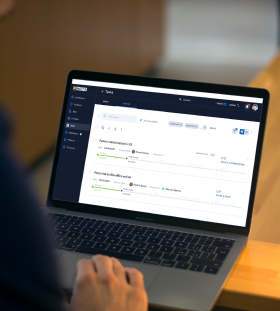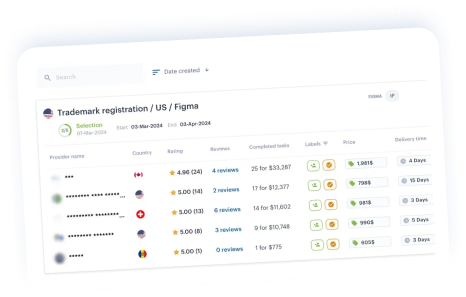Avviso di autorizzazione e concessione di brevetto
Dopo aver ricevuto un Notice of Allowance, dovresti pagare le tasse di concessione richieste. Dopo questo pagamento, il brevetto verrà ufficialmente pubblicato e concesso, assicurandoti così i tuoi diritti esclusivi



Dopo aver ricevuto un Notice of Allowance, dovresti pagare le tasse di concessione richieste. Dopo questo pagamento, il brevetto verrà ufficialmente pubblicato e concesso, assicurandoti così i tuoi diritti esclusivi







Un assistente IP basato sull'intelligenza artificiale che ti aiuta a creare un incarico dettagliato in pochi minuti.
Selezione del consulente in brevetti locale più idoneo in base a criteri specifici.
Ricezione di un avviso di ammissione, gestione delle tasse governative e rilascio di un certificato di brevetto.
Monitoraggio e reporting online sulla piattaforma durante l'intero processo.


Oltre 800 studi legali specializzati in proprietà intellettuale da oltre 150 paesi, classifiche e recensioni

Un assistente IP basato sull'intelligenza artificiale che aiuta a creare attività e a trovare avvocati pertinenti

Tariffe fisse, pagamenti online sicuri e veloci con risultati garantiti

Accesso 24 ore su 24, 7 giorni su 7 al processo di registrazione e archiviazione dati online per tutti i tuoi casi
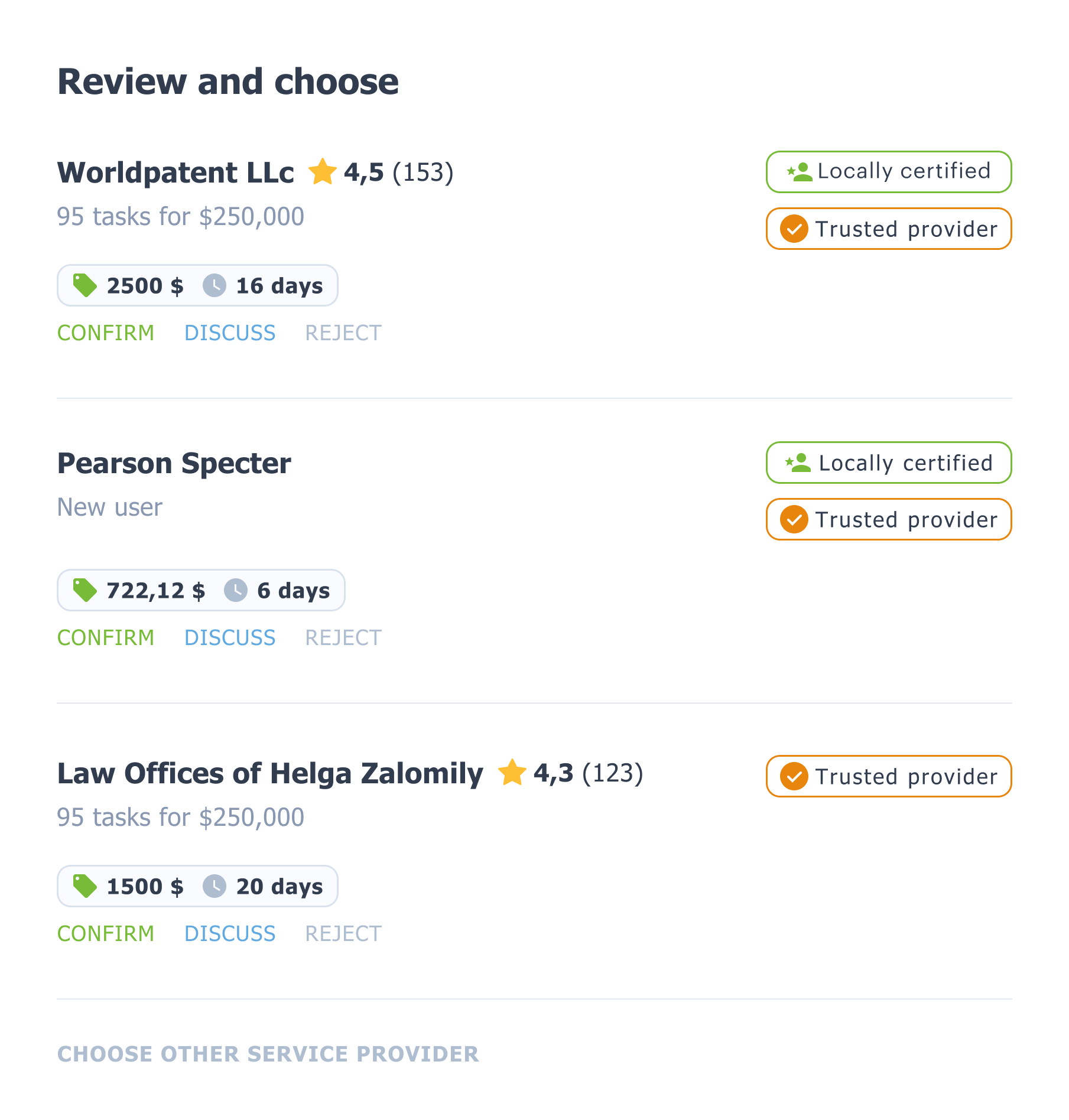

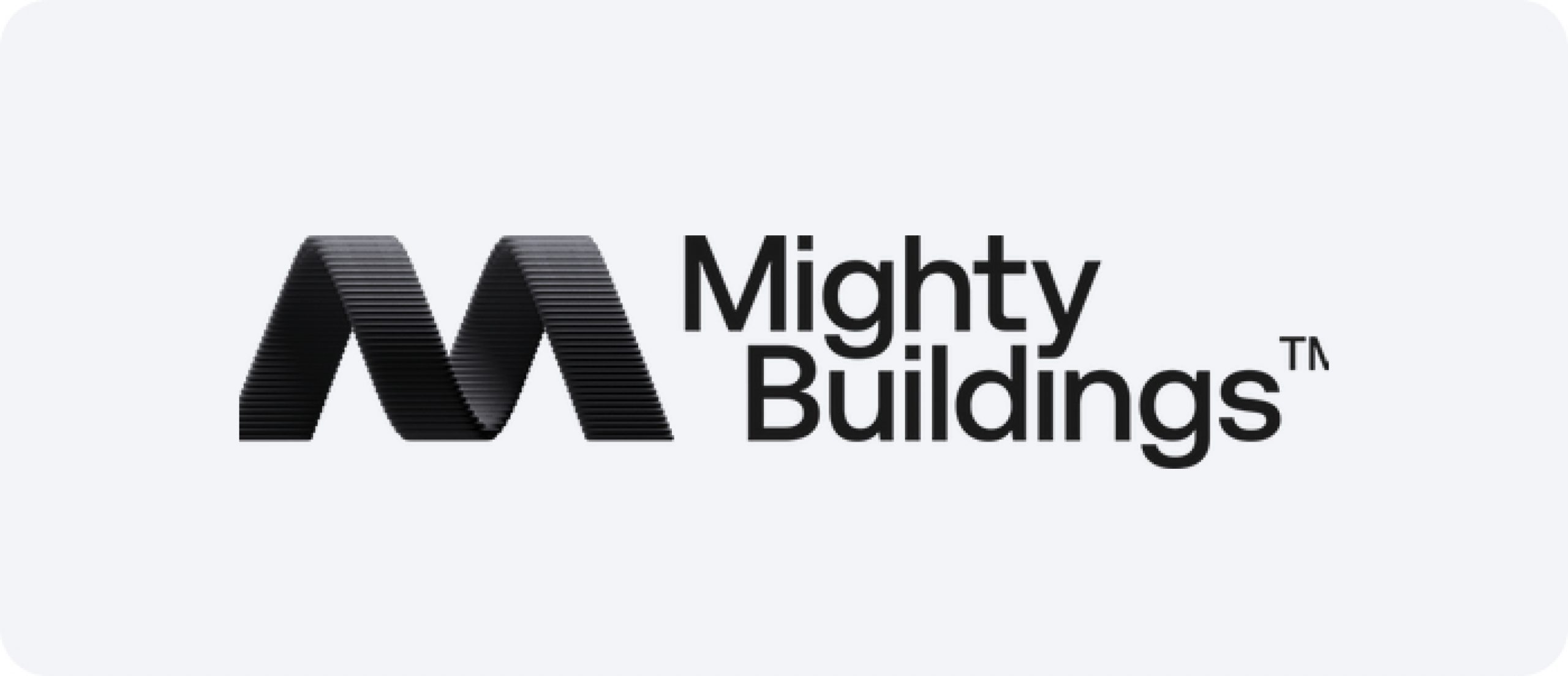
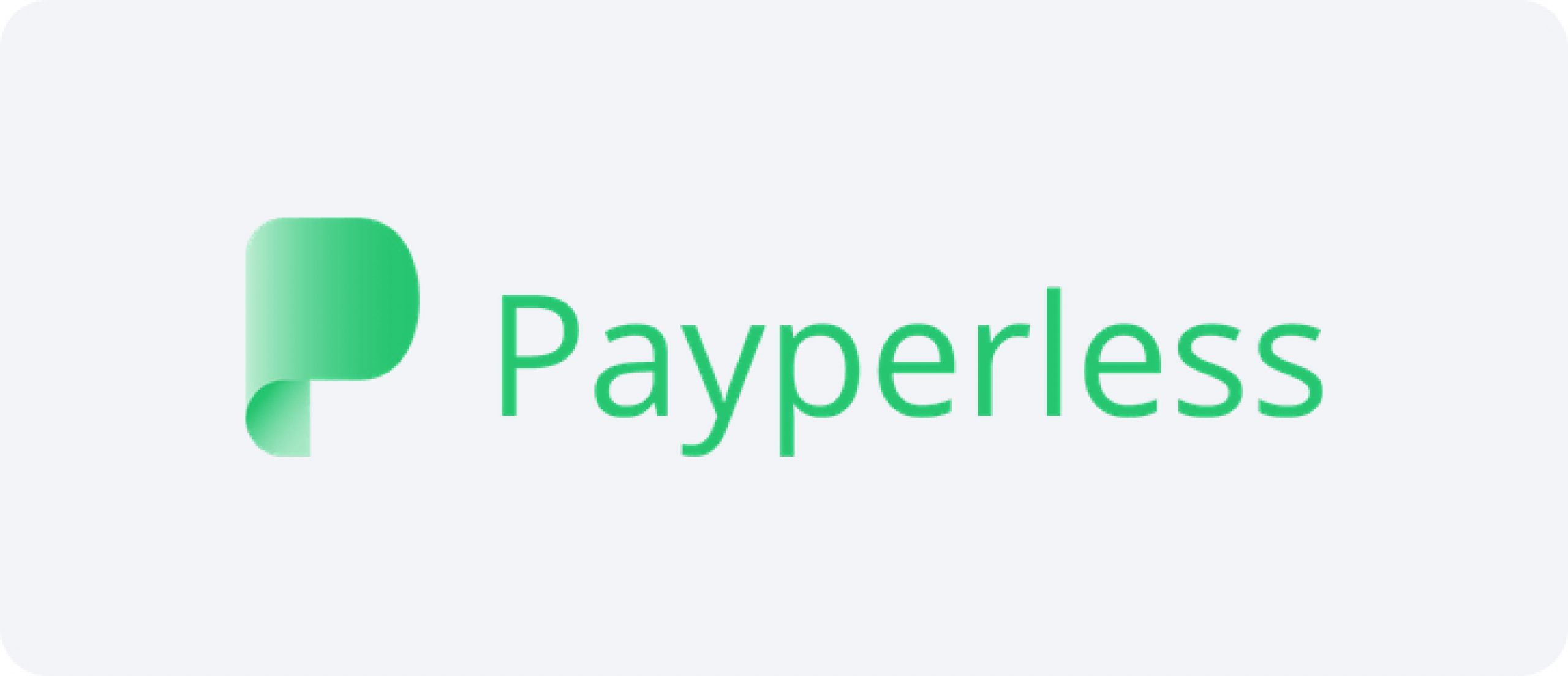

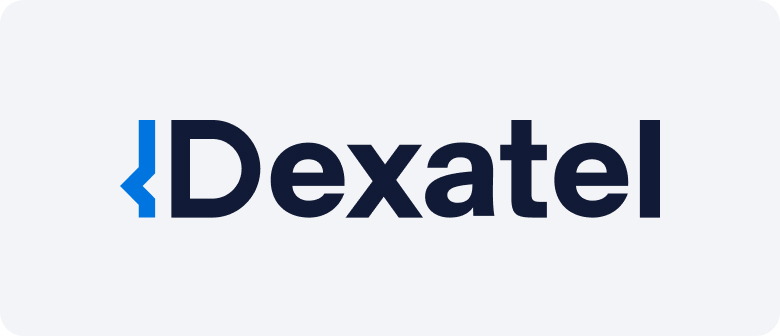
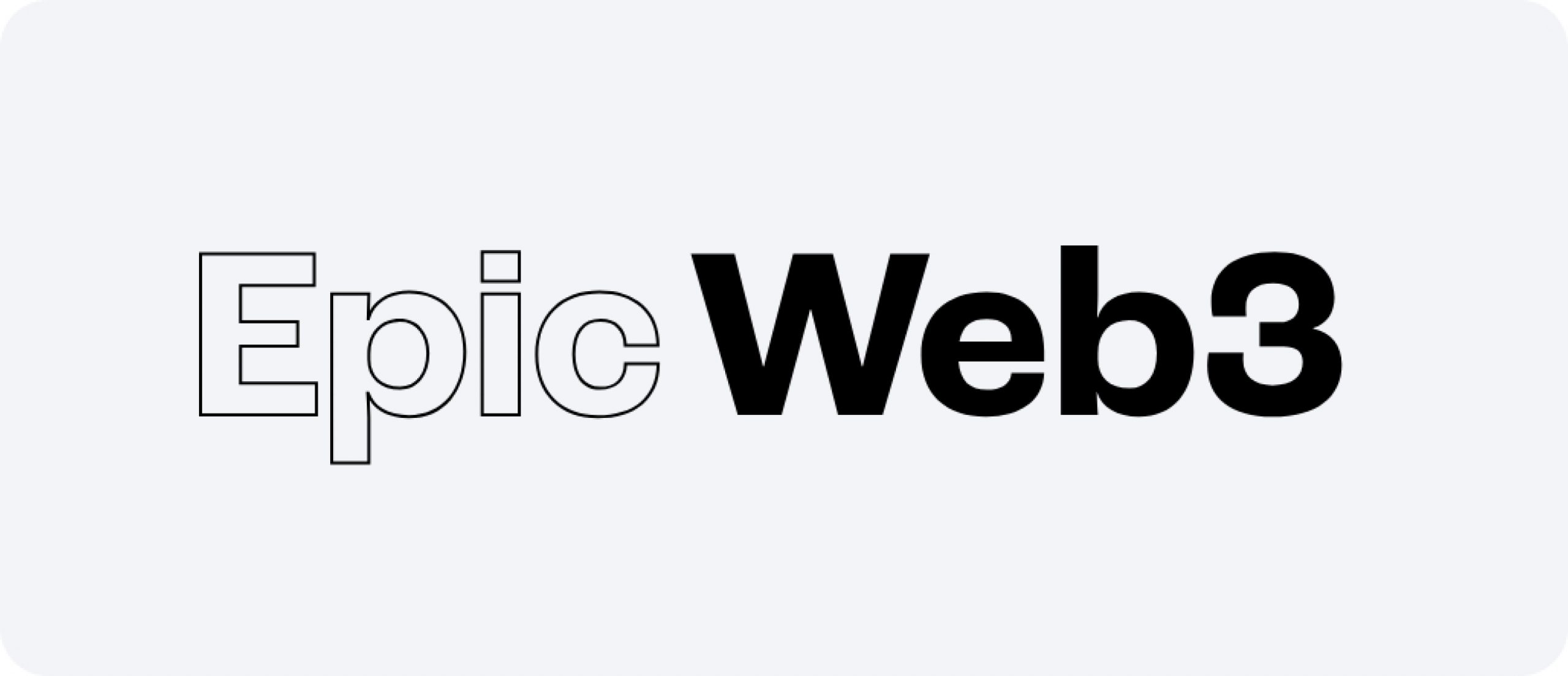
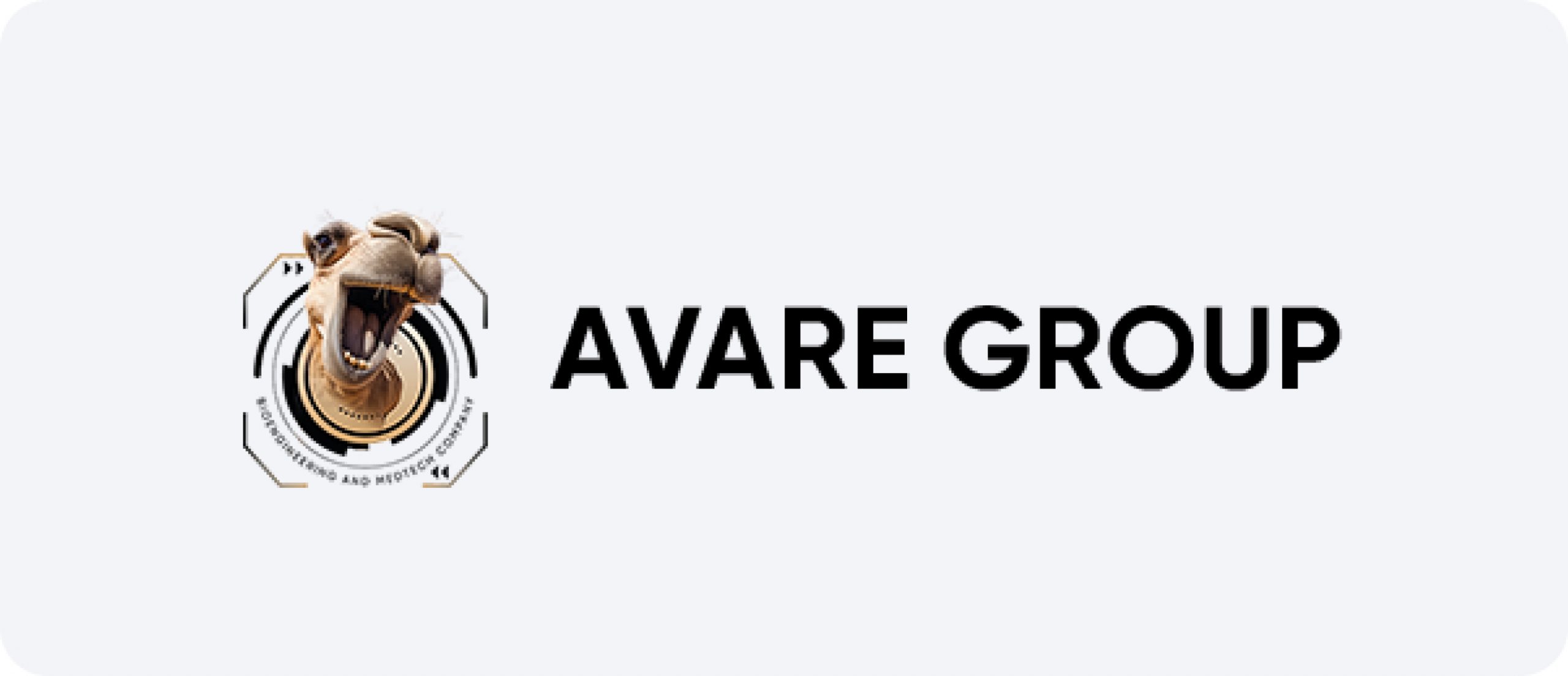
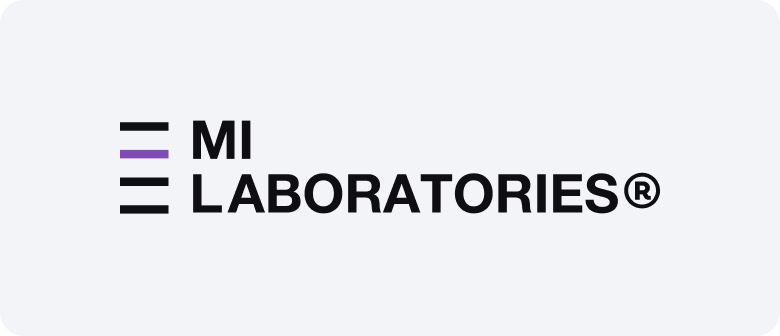
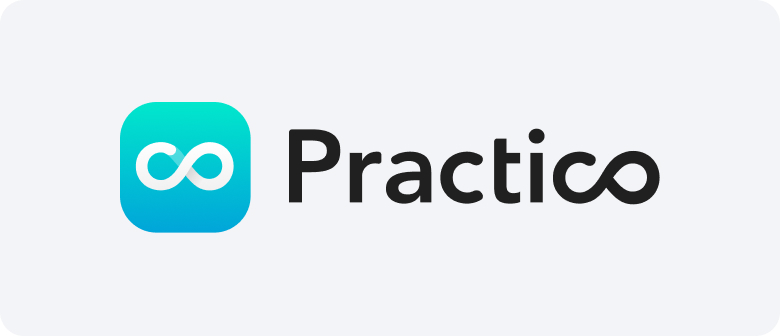
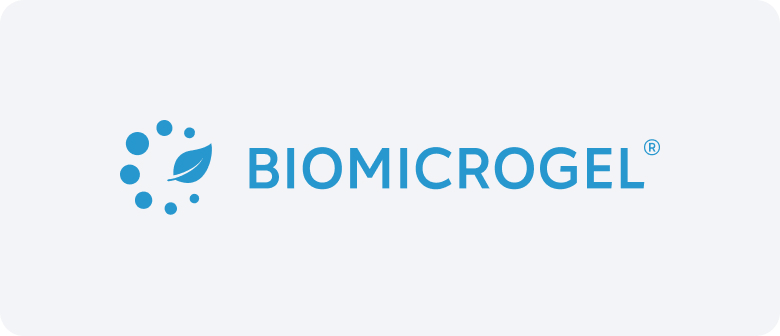
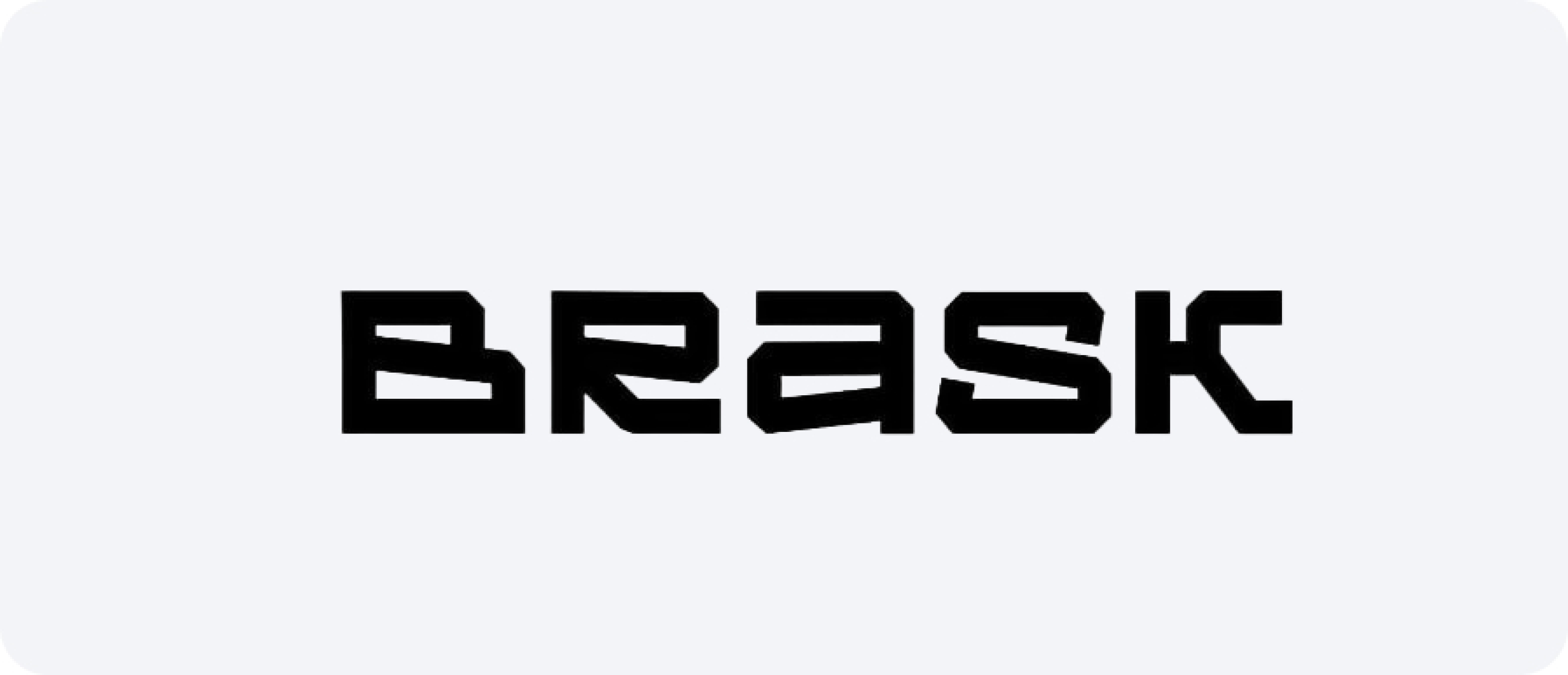
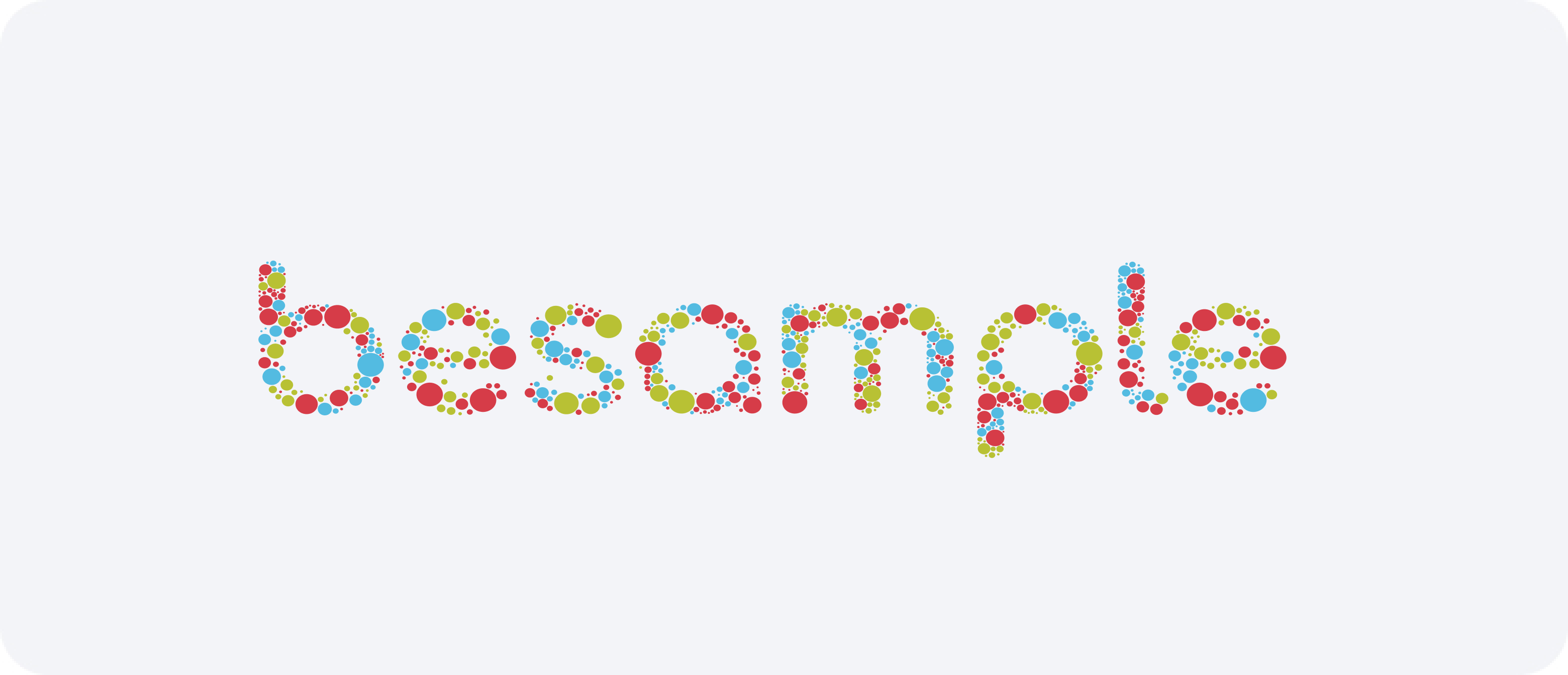
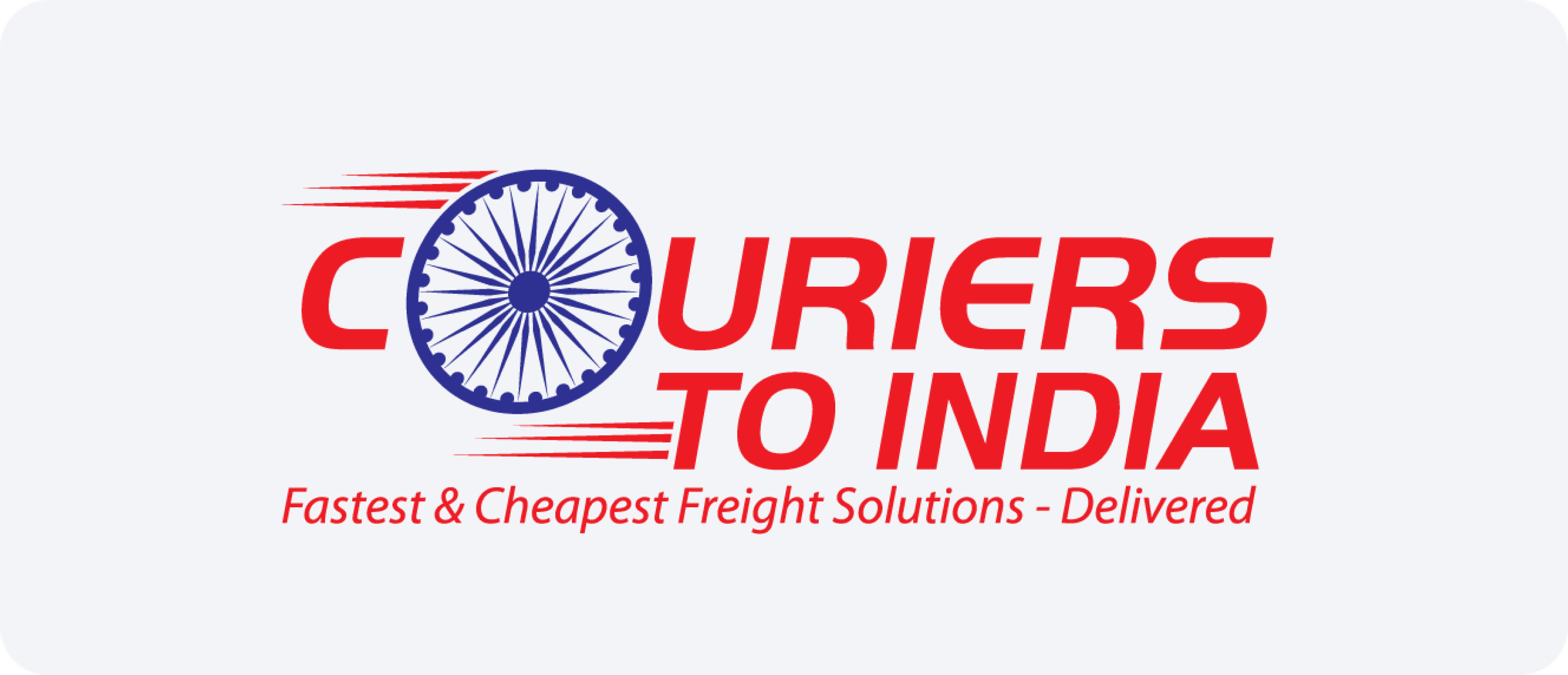

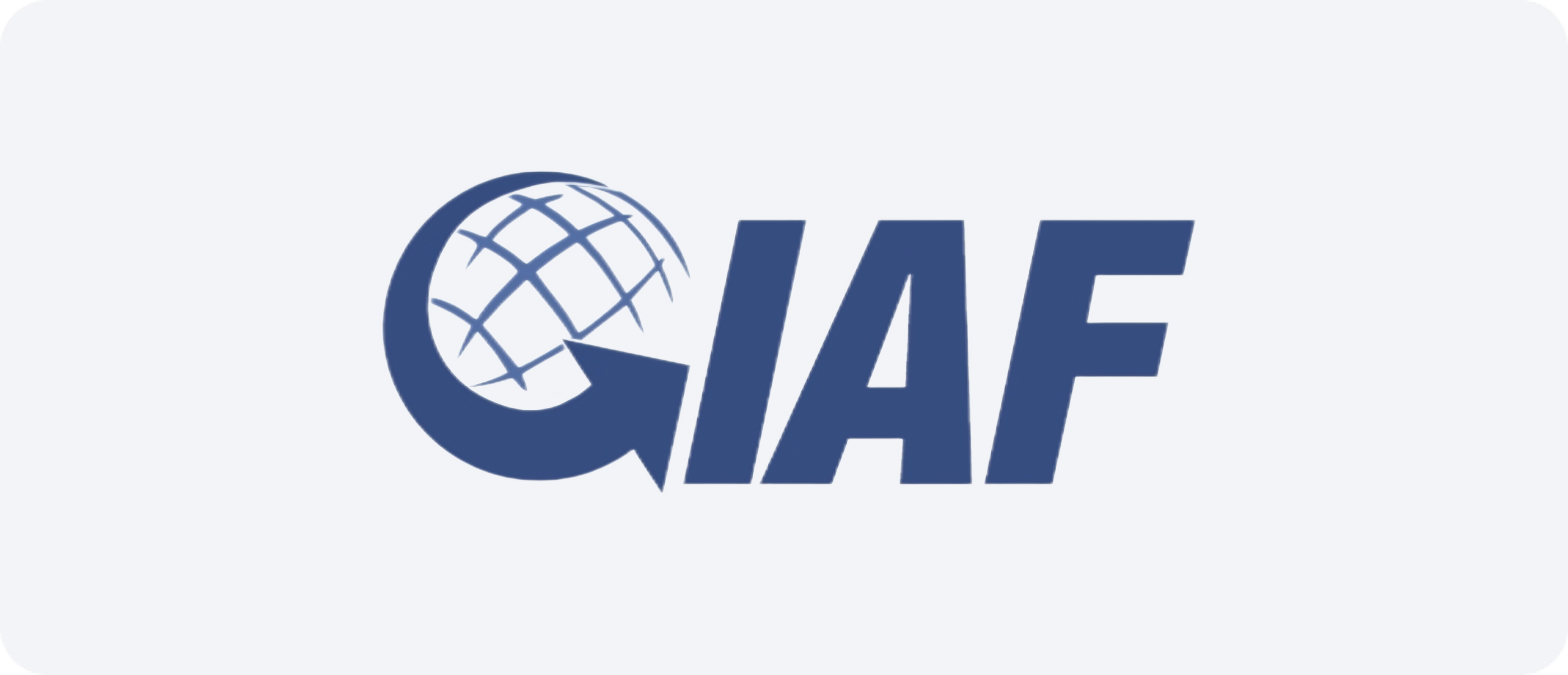
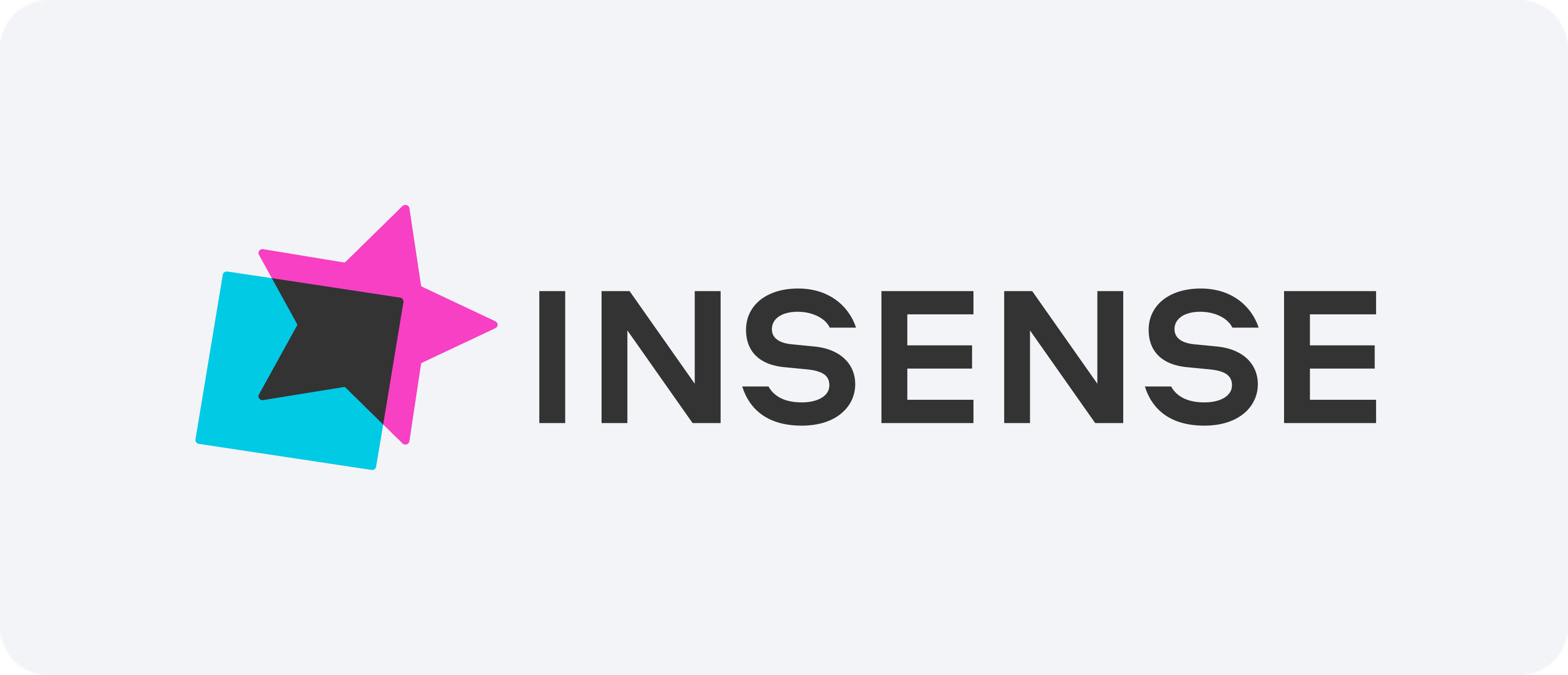

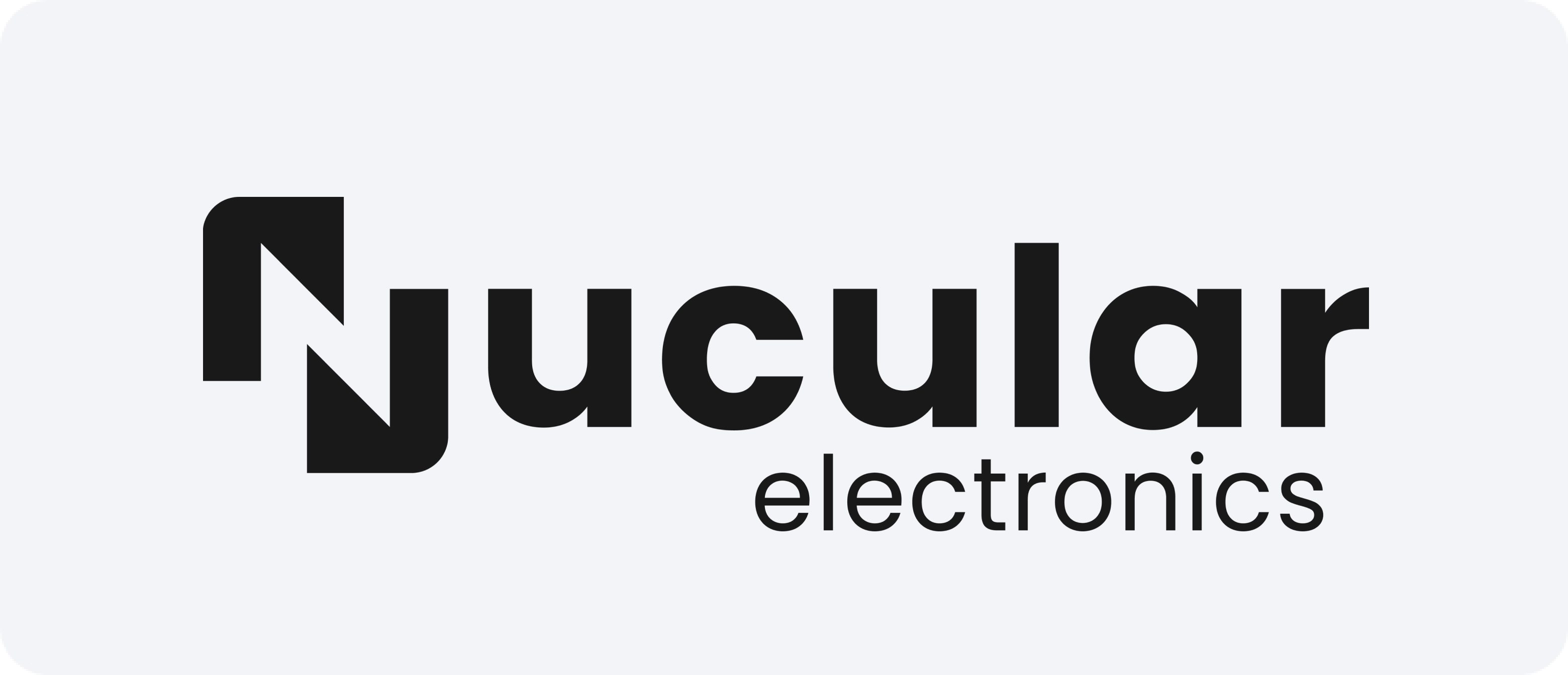
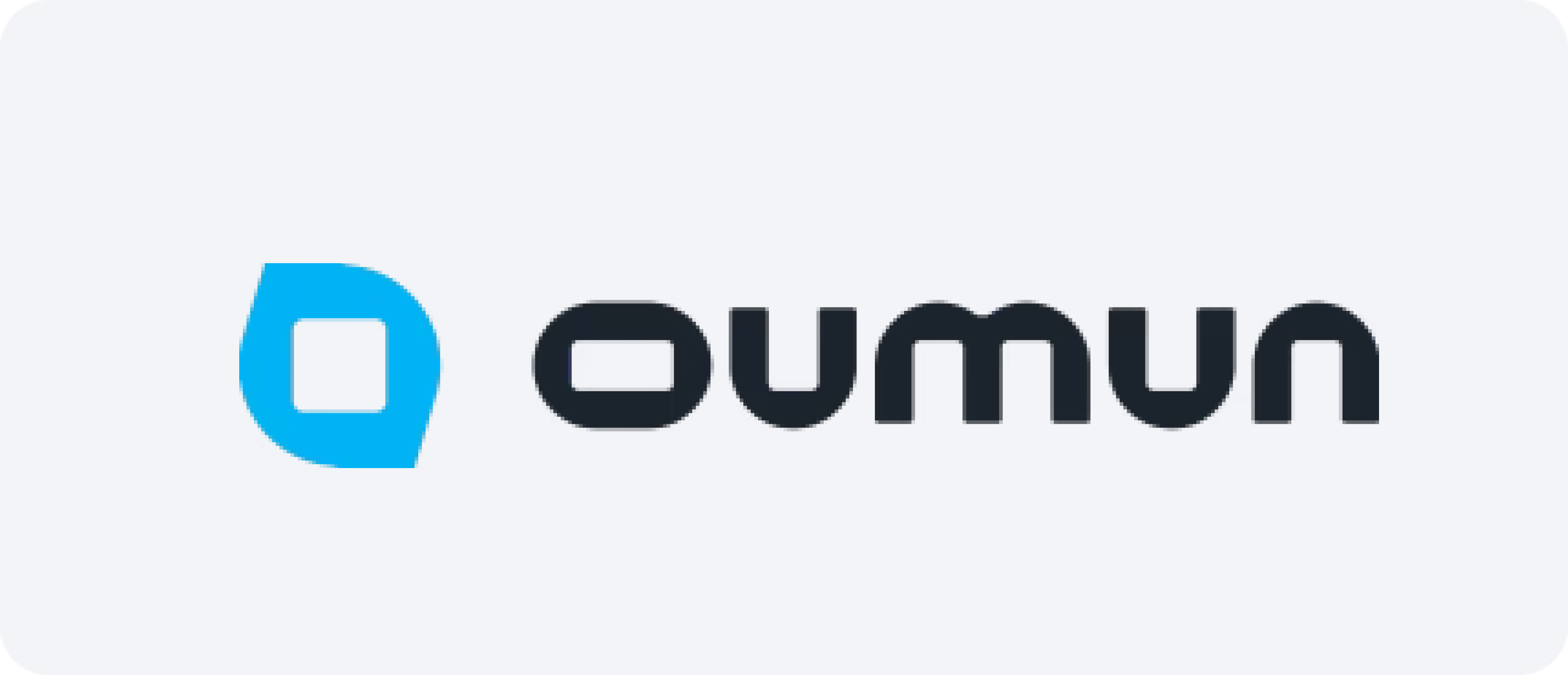

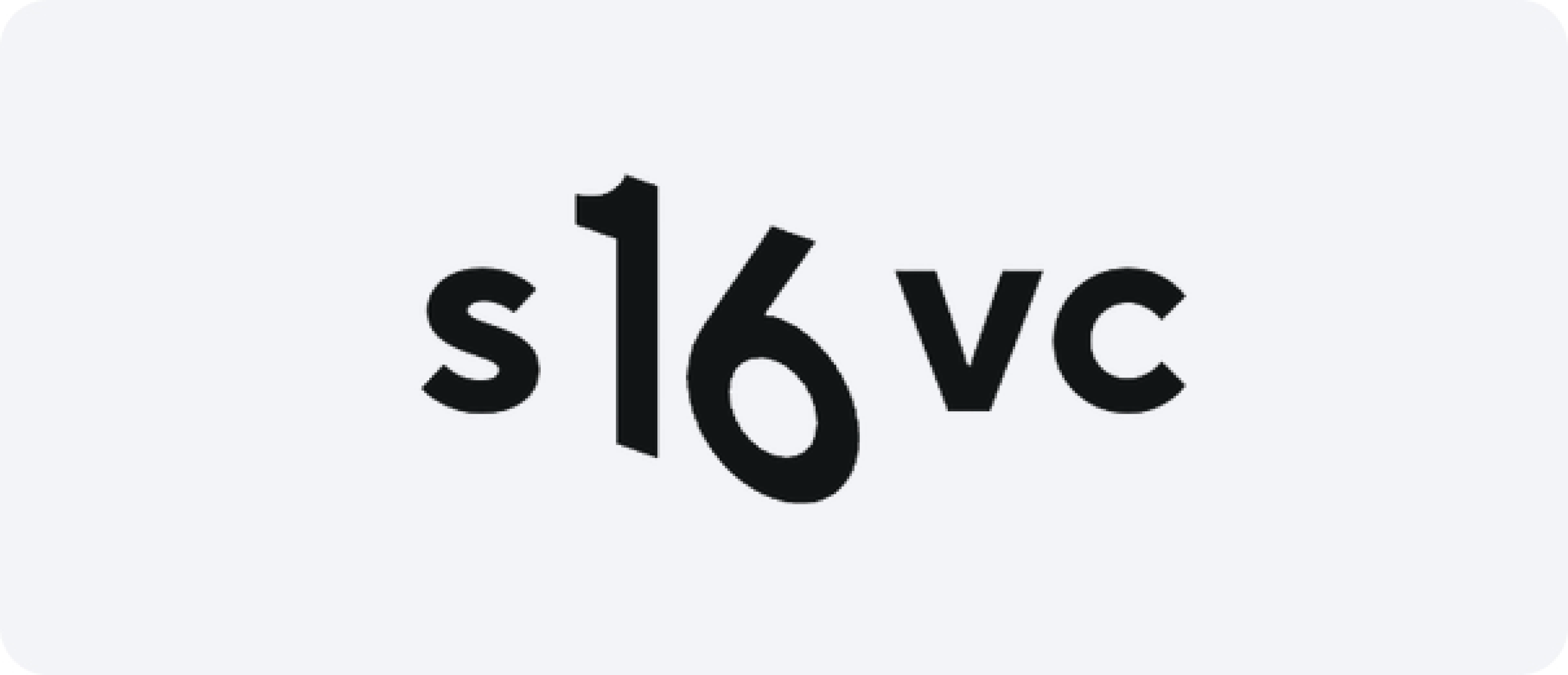




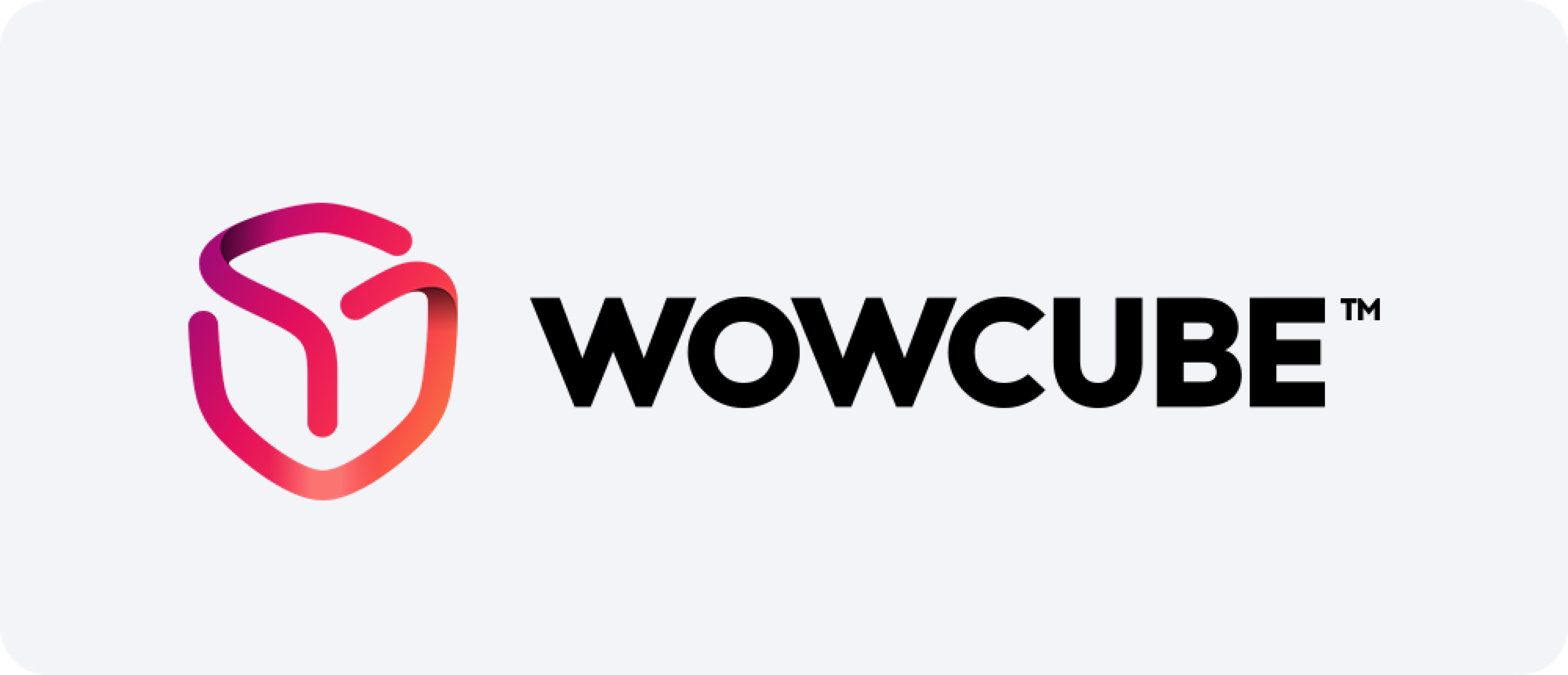












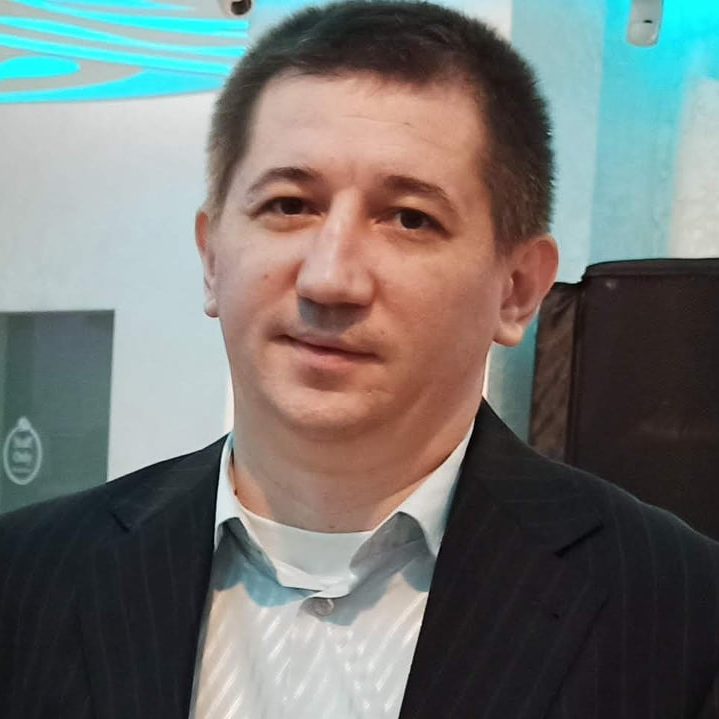

Avviso di concessione e concessione di brevetti in tutto il mondo: cosa dovrebbero sapere gli innovatori
Ricevere una notifica di ammissione è un momento cruciale nel processo di brevettazione. Questa comunicazione formale segnala che un ufficio ha completato l'esame ed è pronto a concedere un brevetto, a condizione che il richiedente soddisfi i requisiti definitivi. Comprendere come funziona questo processo nelle diverse giurisdizioni è essenziale per gli innovatori e le aziende che desiderano ottenere protezione in tutto il mondo.
La notifica di rilascio è più di una semplice tappa procedurale: è il via libera all'innovazione, offrendo agli inventori la possibilità di assicurarsi diritti esclusivi. Che si depositi una domanda negli Stati Uniti, in Europa, in Asia o in altre regioni, conoscere le sfumature dei processi di concessione dei brevetti garantisce di essere ben posizionati per proteggere il proprio patrimonio intellettuale a livello globale.
Comprendere il processo di concessione dei brevetti globali
Sebbene le leggi varino da una giurisdizione all'altra, la maggior parte dei Paesi segue una sequenza simile: presentazione della domanda, esame, rilascio ed eventuale rilascio dei diritti. Una volta emessa la notifica di ammissione, i richiedenti sono solitamente tenuti a pagare le tasse di rilascio e a fornire la documentazione finale. Questo dà inizio alla pubblicazione e al rilascio formale del brevetto.
Negli Stati Uniti, la notifica viene emessa dopo che l'esaminatore dell'USPTO ha accertato che una domanda è conforme a tutti i requisiti di legge. Altre giurisdizioni, come l'EPO o il JPO, dispongono di procedure analoghe, ma adattate alle esigenze locali.
Di solito, nella pipeline di approvazione globale si trovano i seguenti elementi:
- La notifica emessa dopo l'esame positivo
- Pagamento delle commissioni di emissione applicabili
- Presentazione di eventuali revisioni o documenti finali
- Pubblicazione della concessione dell'invenzione
- Rilascio dei diritti al richiedente
Nonostante le somiglianze, tempistiche e procedure possono variare. In Giappone, ad esempio, i candidati devono presentare domanda di esame entro un termine specifico, mentre nell'Unione Europea, i requisiti di traduzione e le fasi di convalida seguono l'approvazione.
Differenze chiave nell'approvazione a livello mondiale
Ottenere brevetti in più Paesi richiede la conoscenza delle prassi locali e dei potenziali ritardi. Ecco una breve panoramica di come alcune delle principali giurisdizioni gestiscono il processo di notifica e approvazione del rilascio:
- Stati Uniti: Dopo aver ricevuto la notifica di emissione, i richiedenti hanno in genere tre mesi di tempo per pagare la tassa di emissione. Una volta elaborata, l'emissione viene pubblicata e viene assegnato il numero di invenzione.
- Unione Europea: Dopo la comunicazione di "intenzione di emettere", i richiedenti devono approvare il testo e pagare la tassa. L'invenzione viene quindi pubblicata e convalidata in alcuni stati membri selezionati.
- Cina: Una volta che la domanda viene ritenuta ammissibile, il CNIPA emette una notifica e richiede il pagamento della tassa finale. L'invenzione viene quindi rilasciata e pubblicata.
- Giappone: Il JPO emette una notifica di rilascio, richiedendo il pagamento delle tasse di registrazione. I diritti vengono conferiti dopo l'iscrizione nel registro delle invenzioni.
- Canada: Dopo la notifica di rilascio, i richiedenti devono pagare una tassa finale entro un termine stabilito. L'invenzione viene quindi concessa.
- Australia: Dopo l'accettazione, l'invenzione viene pubblicata e rilasciata dopo un periodo di attesa, senza alcun costo.
- Brasile: Il processo di approvazione spesso richiede più tempo a causa di un arretrato, ma una volta ottenuto il consenso, viene inviata una notifica e vengono richieste le commissioni finali per l'emissione.
Vantaggi della ricezione di una notifica di emissione
Ricevere una notifica di emissione comporta diversi vantaggi:
- Certezza giuridica – Conferma che l’invenzione è considerata nuova, inventiva e industrialmente applicabile.
- Opportunità di monetizzazione: investitori e partner possono impegnarsi una volta individuato un percorso chiaro per l'approvazione.
- Posizionamento sul mercato: le aziende possono rendere pubbliche le questioni in sospeso, spesso contrassegnate come "in sospeso".
- Potenziale di licenza: con una notifica di emissione in mano, i licenziatari ottengono un vantaggio nella negoziazione.
- Pianificazione strategica: la tempistica per l'ingresso in giurisdizioni straniere o per la richiesta di domande divisionali diventa più concreta.
Sfide e considerazioni comuni
Sebbene una notifica di emissione sia motivo di ottimismo, non garantisce l'approvazione automatica. Possono comunque sorgere diversi problemi, tra cui:
- Mancata scadenza per il pagamento della tassa di emissione
- Errori nel testo finale o nei disegni
- Errori di traduzione in giurisdizioni non inglesi
- Opposizione post-emissione o riesame in alcune regioni
- Regole divergenti per le domande divisionali o di continuazione
Una gestione proattiva è fondamentale. Agenti e avvocati spesso coordinano le pratiche a livello globale per garantire che l'approvazione proceda senza intoppi in tutti i Paesi. L'utilizzo di strumenti come il PCT può semplificare le pratiche internazionali tramite un'unica procedura prima di passare alle fasi nazionali.
Suggerimenti per la gestione dell'approvazione delle invenzioni a livello globale
Ecco alcuni consigli pratici per ottimizzare la tua strategia internazionale:
- Monitorare attentamente tutte le scadenze dopo l'emissione di una notifica
- Budget per le commissioni di emissione nelle varie giurisdizioni
- Garantire l'accuratezza della traduzione per regioni come Europa, Giappone o Cina
- Collaborare con un consulente locale che conosca le leggi e le tempistiche nazionali
- Pianificare la potenziale concessione di licenza o l'applicazione una volta concessa l'invenzione
- Allineare le strategie di archiviazione con gli obiettivi aziendali: alcuni mercati potrebbero non richiedere una copertura completa delle emissioni
Considerazioni finali
Il percorso dalla domanda di brevetto al rilascio dell'invenzione è costellato di tappe fondamentali, ma la notifica di rilascio è una delle più cruciali. Rappresenta il passaggio finale verso la tutela dei diritti di proprietà intellettuale a livello globale. Comprendere i processi specifici di ogni giurisdizione aiuta inventori e aziende a pianificare meglio, ridurre i rischi e migliorare la propria strategia globale in materia di proprietà intellettuale.
Grazie a una preparazione attenta e al supporto di esperti, le aziende possono gestire il processo di approvazione oltre confine, trasformando l'innovazione in un vantaggio di mercato protetto.
